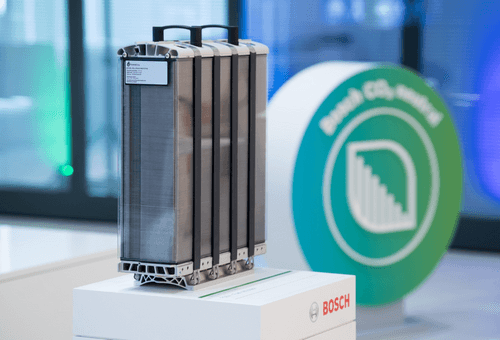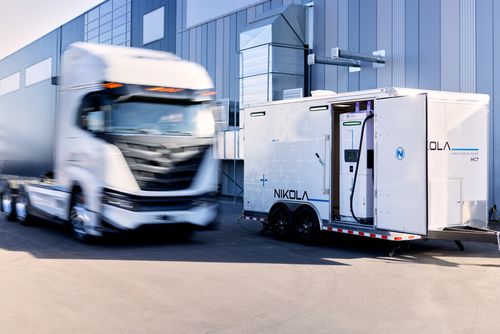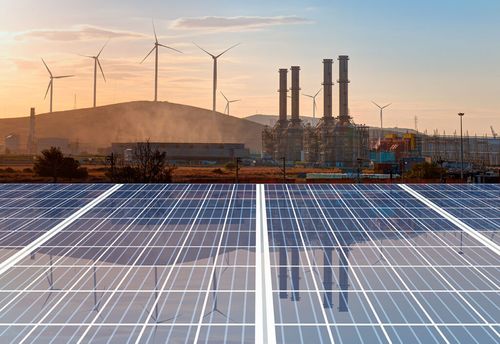NovoHydrogen, the Colorado-based renewable hydrogen developer, will launch a series A capital raise in the middle of March to take on a new investor for project development and hiring, CEO Matt McMonagle said in an interview.
The company has hired GreenFront Energy Partners to run the process, McMonagle said.
NovoHydrogen builds its projects onsite with customers, as close to end use as possible, he said. The company serves transportation (heavy road transport, shipping and aviation), industrial (cement, glass, metal, steel, food, etc.) and power (peaking power and diesel generator replacement). Most of Novo’s customers are users of grey hydrogen looking to decarbonize. In the case of cement, they are looking to replace diesel for their trucks and coal and natural gas for their kilns.
“We first look to see if we can put our projects on our customer sites and make it there,” McMonagle said. “If we can’t do that, we’ll do offsite, but we still try to be as close to customers as possible to minimize that midstream component or distribution component.”
About 30 projects are in development in the US, ranging from a few megawatts to hundreds of megawatts, McMonagle said. NovoHydrogen’s most active markets are the West coast, Northeast, Appalachia, Texas and the Rocky Mountains, though the company is not geographically constrained.
The company aims to begin construction on its first projects by the end of this year, possibly early next year, McMonagle said. The first project could reach COD in 2024.
NovoHydrogen recently announced that it has closed its seed funding round and appointed four executives to its board of directors. Each of those executives represent an investor that participated in the seed round, McMonagle said.
The new board appointees are: Jeremy Avenier, an active investor at Ohmium International; Peyton Boswell, managing partner at Woodfield Renewable Partners; Bruno Franco, partner at Pacífico Energia and managing partner at PWR Capital; and Joseph Malchow, a managing partner at Hanover (a Silicon Valley VC), board member and investor in Enphase and board member and investor in Archaea.
More money
“We will certainly need more money as our projects mature,” McMonagle said. “I do not have the hundreds of millions of dollars on my balance sheet to build these projects.”
An ideal investor will bring accretive capabilities in hydrogen, in a field like value chain equipment or delivery, to the table, McMonagle said.
NovoHydrogen plans to be a long-term owner-operator of its projects, McMonagle said. That is an important point for customers: that the company is not going to sell the project and not care how the next owner operates.
“We want to earn future business from these customers,” McMonagle said, adding that most of them are transitioning piecemeal.
NovoHydrogen and TigerGenCo in November said they would advance development of green hydrogen capacity to reduce reliance on natural gas at the Bayonne Energy Center located in New Jersey. NovoHydrogen will develop and operate the hydrogen production facility to reduce Bayonne’s carbon emissions.
TigerGen owns the power plant and is the offtaker in that project. Ohmium International is providing the PEM electrolyzers in that project. McMonagle said the company may use other electrolyzer providers for future projects.
The company is also a partner in the Aliance for Clean Hydrogen Energy Systems (ARCHES) for the California DOE Hydrogen Hub submission.






